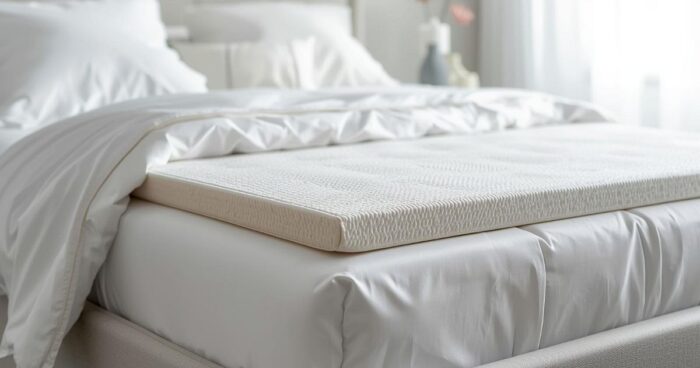
Some older adults become frail or ill to the point where they can’t move their bodies enough. When that happens, the skin touching their bed or chair can get irritated from constant pressure.
Within days, irritated areas can develop into pressure sores (aka bedsores) because senior skin is thin and sensitive. The sores are painful and can turn into serious or life-threatening infections. Yikes!
Shift position to prevent sores
The best way to prevent pressure sores from developing is to make sure your older adult doesn’t stay in one position too long. Whether sitting or lying down, make sure they change position every 1 – 2 hours — even at night!
Good ways to change position include shifting their weight, putting a pillow first under one side and then the other, or helping them to get up and move a little.
Special cushions and mattresses reduce the risk of sores
Not many caregivers can move their senior every hour or two, especially during the night. That’s why it’s helpful to add a special cushion to their seat or bed for added relief.
Regular cushions usually can’t relieve enough pressure, so it’s good to invest in something specially designed to prevent pressure sores.
Some of these cushions are pricey because they use fancy technology to relieve pressure. Depending on how likely your senior is to get sores and how much time they spend without moving, it could really be worth the money. Severe wounds and infections aren’t cheap either!
If you’re not sure if a special cushion would be beneficial for your loved one, check with their doctor or physical therapist to get an expert opinion.
Cushion options for sitting or lying down
*DailyCaring may receive commissions for purchases made through links in this article.
Gel
- $24 Drive Medical deluxe gel wheelchair cushion
(originally $75)
- $46 Wondergel Original Gel seat cushion (originally $55)
- Starts at $79 Mattress pad
Memory foam
- $15 Foam & gel seat cushion (originally $20)
- $40 Cushina memory foam cushion (originally $90)
- Starts at $88 3 inch visco-elastic memory foam mattress pad
- Starts at $149 2 inch mattress topper
Air cells
- $23 Drive Medical air mattress overlay (originally $59)
- Browse Roho chair cushions and bed pads at Amazon
- All Roho chair cushions and bed pads
Alternating air pressure
- $46 Drive Medical Med Aire alternating pressure pump and pad system (originally $172)
- $77 Alternating pressure mattress pad (originally $190)
- $640 Medline alternating pressure mattress (originally $1999)
Recommended for you:
— Incontinence Pads for Beds: Layers Work!
— Senior Sleep Issues? Get Answers
— Help Your Older Adult Move from Wheelchair to Toilet
This article does contain affiliate links. We never link to products or services for the sole purpose of making a commission. Recommendations are based on our honest opinions. For more information, see How We Make Money.
About the Author

Connie is the founder of DailyCaring.com and was a hands-on caregiver for her grandmother for 20 years. (Grandma made it to 101 years old!) She knows how challenging, overwhelming, and all-consuming caring for an older adult can be. She also understands the importance of support, especially in the form of practical solutions, valuable resources, and self-care tips.
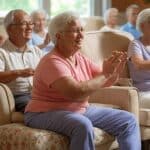


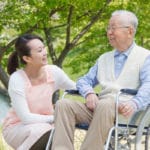
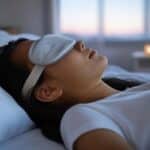







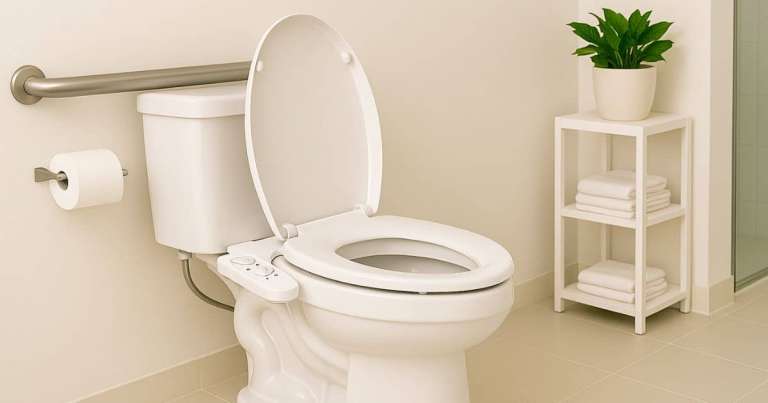

My brother has a pressure sore he is being told to stay in bed yet he has a wheel chair that is built for pressure sores . Wheel chair has air seat, and the chair tilts. Help
I’m so sorry about your brother’s pressure sore. The doctor who is making the recommendation to stay in bed would be the best person to speak with to understand why that’s necessary. It’s also very important to let them know about the existing pressure sores so they can help treat them properly. If your brother does need to stay in bed, an alternating pressure air mattress would help reduce the pressure on his skin. Something like this http://amzn.to/2DUbY88 or the other options mentioned above in the article would likely improve the situation. I hope you find something that works well.
Due to a “degenerative lower spine” I can barely walk and I am only comfortable sleeping in a recliner. This has resulted in very small, but painful pressures sores. I sleep very soundly at night so changing position is not an option.
Is there any easy answer to my problem? I have tried various types of wheelchair cushions to no avail.
I am 87 years young and if this problem can be fixed, I’d like to live a bit longer.
Harry — I’m so sorry about this situation. Maybe you could try getting an alternating air pressure pad (like this http://amzn.to/2DUbY88) to put on top of your recliner. A pump moves the air in the pad, which moves the pressure to different places on your body. There are many different brands and types available at a variety of price points. Or, you could invest in an adjustable bed (that allows you to sit up like a recliner) that has an alternating air pressure mattress on top. It’s also a good idea to see a doctor to treat the existing pressure sores to make sure they don’t become infected and that you have the correct wound dressings that will help healing.
[…] For some folks, these regular movements aren’t always easy, especially since they must rely on a caregiver or family member. If that’s the case, the National Institutes of Health suggested relying on pillows to prevent ulcers. That way, you’re putting a soft barrier between you and the surface below, one that can breathe and shift much more readily. For optimal results, be sure to place a pillow under your elbows, heels, shoulders and tailbones. According to Daily Caring, there are even special mattresses to minimize ulcers. […]
Smoking and poor diet can also result in sores. It’s funny how they seem to have an impact on just about everything. Smoking weakens the immune system and reduces oxygen flow in the bloodstream which would help normally. Protein and vitamins promote healthy skin and in turn help in the battle against sores.
Thank you Kara! A healthy lifestyle certainly helps improve many issues.
Thanks for addressing this important topic. Here are couple of tips I would add for caregivers:
– The first sign of a pressure sore is a red patch on the skin that doesn’t doesn’t turn white when you press on it. This spot may or may not be sore, and it’s usually on a bonier part of the body that’s getting pressure (like the tailbone area). This is a sign that the senior needs pressure relief or more position changes.
– Occupational therapists and wound care nurses are good at recommending the right cushion. Families sometimes see these providers during home health visits (available after hospitalization or if a senior is homebound and needs skilled services). Otherwise the doctor should be able to make a referral to occupational therapy.
Thanks Dr. Kernisan! Knowing if a sore is developing is a very important tip.